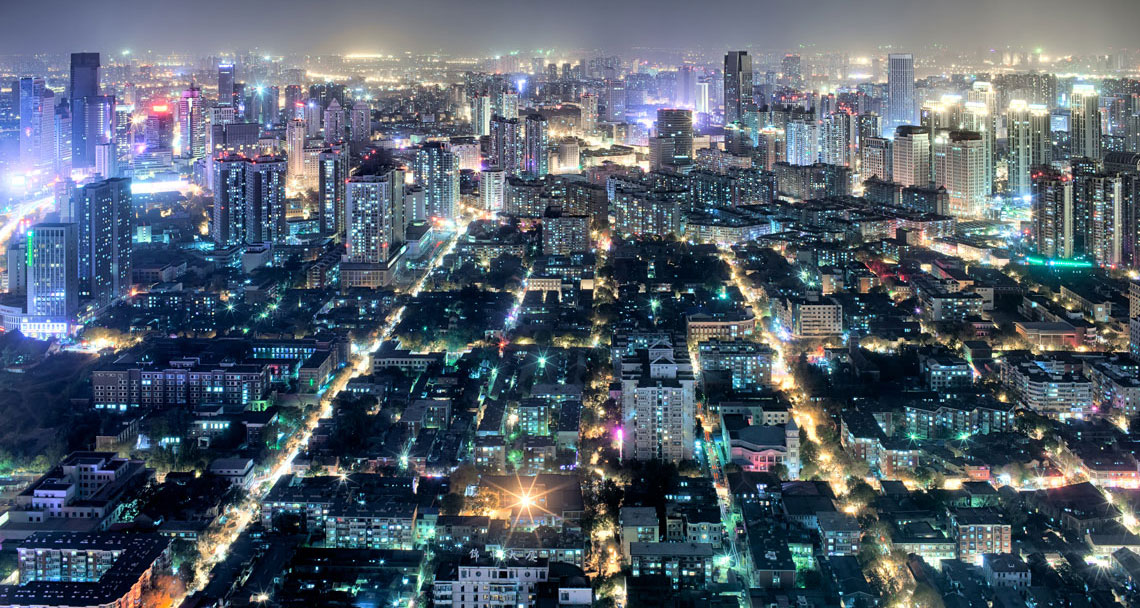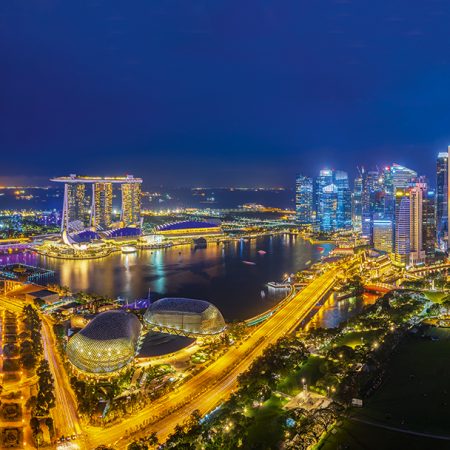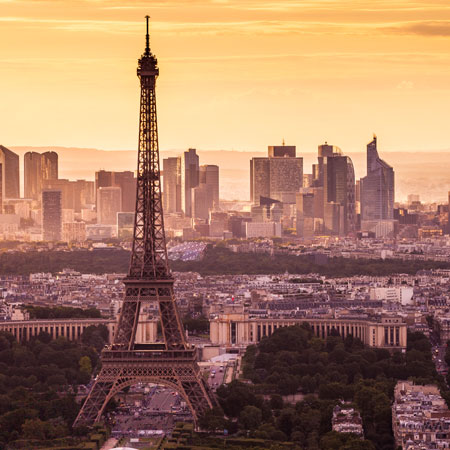Across the globe, 13 of the 35 world cities monitored in our latest research had double-digit average house price growth. Eight of these are in mainland China. Two European cities – Amsterdam and Dublin – also featured in this group, alongside Hong Kong, Vancouver and New York.
Prime residential price growth was also highest in Chinese cities, with the top four – Chongqing, Tianjin (above), Wuhan and Hangzhou – recording price growth of at least 25% in the year.
Five mainland Chinese cities saw prices rise by more than 30%, with Chongqing and Tianjin recording average price growth of 59% and 48% respectively – rates of growth unheard of in most developed countries. Such growth is off a low base and reflects huge demand from a growing and increasingly affluent population. This is combined with a very high savings ratio and few choices, for most people, of other assets into which to invest cash.
Even after such high levels of growth, mainstream values in Chongqing, a city in South Western China with a population of 30 million, are just US$170 per square foot, compared with the mainstream average of US$1,430 in Hong Kong and US$1,020 in Shanghai.
Two European cities – Amsterdam and Dublin – are in our top 10 for price growth across mainstream and prime markets. San Francisco is the only US city to feature in a top 10, for price growth in prime
Mainstream exceeds prime in many markets
The rates of mainstream house price growth exceeded prime market growth in most cities in our rankings. Prime markets rose by more than 10% in only 10 cities, half of them in China. One-third of the cities analysed saw prime values stall or fall.
The prime fallers include some of the world’s most established global cities, most notably New York, Stockholm, London and Moscow. In New York and Moscow, average prime city house prices fell 2.7% and 6.6% respectively.
London mainstream property prices are now the same as Shanghai. Their average of US$1,020 per square foot puts them joint second among the most expensive of Savills world cities. But London has been among the slowest growing, at just 2.3% in 2017, with our forecasts assuming that average values will slip 2% this year. This means Shanghai could overtake London in 2018. We also expect the price gap between London and New York, and London and Paris, to close further.
“This outperformance by the mainstream housing markets across key world cities is part of a longer-term global trend,” says Yolande Barnes, head of Savills World Research. “Prime values rose first and fastest after the global financial crisis, but some are hitting a high plateau. It’s now the turn of the mainstream markets to play catch up.
“Prime residential markets around the world reacted quickly to quantitative easing by central banks and the consequent yield shift in line with low interest rates. This was a one-off yield shift and expectations are that central banks are moving towards raising rates, reducing the potential for price growth.
“Importantly, while some cities have recorded small falls, generally we don’t expect these to become significant, but we do expect prices to remain relatively stable, on a high plateau for some time, though we will continue to see volatility in oil-dependent economies.”
Prime residential. On a high plateau?
Prime market growth was more subdued, particularly in the most established markets. Again, China dominated the top of the table, with prime residential values in four cities rising by 25% or more. San Francisco, ranked seventh for prime value uplift, was the only US city to make a top-10 ranking in either prime or mainstream price growth, with price growth of 12.3%.
The prime fallers were cities such as London, Moscow, New York and Stockholm, which had very large price increases in the years following the global financial crisis. Overall, values in these cities are still higher than they were 10 years ago.
Hong Kong remains the world’s most expensive city for prime residential at US$4,000 per square foot, followed by Tokyo at US$3,280, London US$1,770 and New York US$1,570
Other cities, notably Hong Kong, San Francisco, Sydney and Vancouver, which have had strong 10-year growth, are also expected to hit a high plateau in the next year or two.
European cities such as Amsterdam, Madrid, Paris and Dublin, where prime residential value growth ranged from 5.1% to 12.6% in 2017, are poised for further price growth, though they, too, are expected to hit a long-term peak within the next five years.
There were also price falls in Shanghai and Shenzhen. Values in these cities have more than doubled during the past 10 years (117% and 334% respectively) and now behave more like world cities within the China context.
However, while Shanghai looks relatively fully valued, Shenzhen – the fifth most expensive city in our study – is a very youthful, tech-oriented city, which looks good value, particularly when compared with Hong Kong just over the border. This juxtaposition is expected to keep the city’s prices high.
In the US, while San Francisco now sits on a high plateau, Los Angeles still has potential to close the gap before it, too, hits the growth plateau.
Hong Kong – still the top-priced city
Hong Kong remains the most expensive city in which to buy both mainstream and prime properties. Mainstream residential space in the city costs US$1,430 per square foot compared with London and Shanghai at US$1,020 and New York at US$930.
The prime price gap between Hong Kong and the rest is much wider. The city’s prime residential space has hit the US$4,000 per square foot mark, compared with the all prime London average at US$1,770, New York at US$1,570, Shanghai at US$1,470, and three times the US$1,340 in fourth place Shenzhen.
“With large amounts of capital pointed at Hong Kong from the mainland, and held at bay only by capital controls, it is difficult to see a scenario where capital values will fall significantly,” says Barnes. “Equally, unless capital flows from the mainland were dramatically relaxed, it’s hard to see scope for further significant value uplifts. Prime Hong Kong residential values look set to occupy the same high plateau as many other world markets for a while.”
Tokyo, where large, centrally-located, prime properties are rare, ranks as the second most expensive for prime property, with values averaging US$3,280 per square foot after rising 10% in the year. This is more than five times the mainstream average of US$630 – the biggest different between prime and mainstream across our measures.




